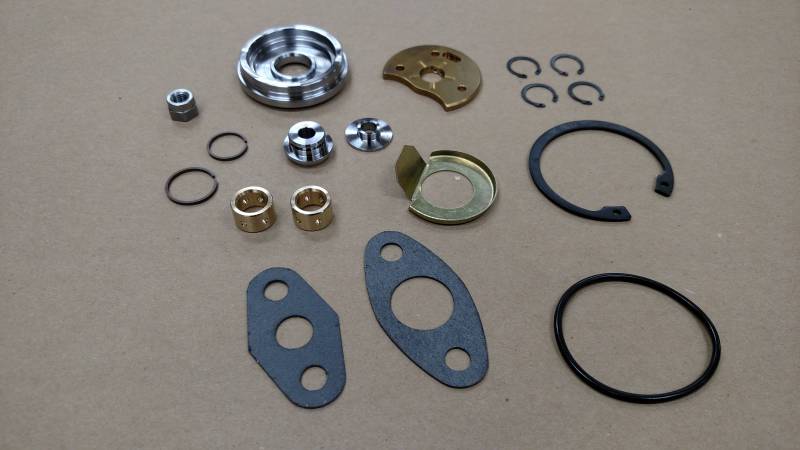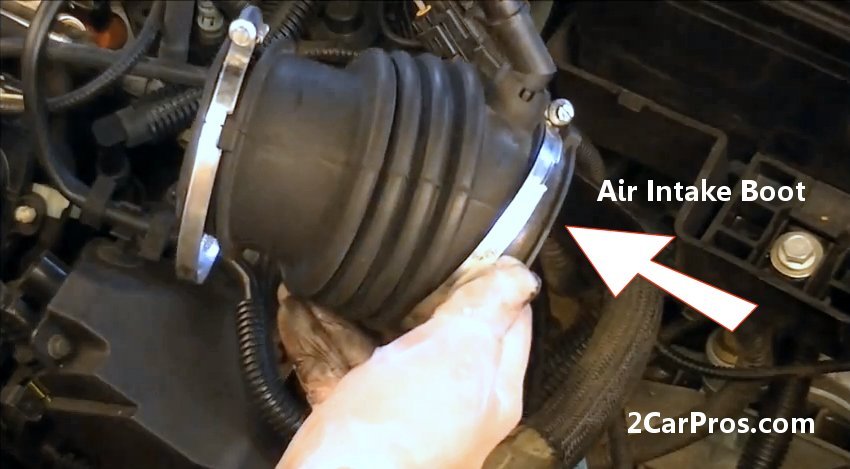Nissan Xterra Exhaust Manifold Crack Cobalt

Find local 2014 Ford Escape. This is the 1988 Laurel Twincam 24V Turbo Medalist CLUB-L, which means it’s a top-of-the-line C33 Laurel, and I’m fairly sure it also means that it has Nissan’s.
Automakers Are Changing To Integrated Exhaust Manifolds Because The Benefits Are Staggering. An integrated Exhaust Manifold, or “headifold,” is an exhaust. EHow Auto gets you on the fast track with repair, maintenance, and shopping advice. Whether you're jump starting a battery or insuring a new car, we can help. The EGR (Exhaust Gas Recirculation) system is designed to reduce the amount of the nitrogen oxides (NOx) in the exhaust emissions. The nitrogen oxides are formed at.
Check Engine OBDII Diagnostic Trouble Codes (DTC). Part 2. P0. 30. 0 - Random Cylinder Misfire Detected. The engine computer (ECM) constantly monitors the engine performance. The code P0. 30. 0 is set when the ECM detects that multiple cylinders are misfiring at random. When a cylinder misfires, the excess of unburned fuel entering the exhaust can overheat the catalytic converter. If the ECM detects that the misfire rate is high enough to damage the catalytic converter, the Check Engine light will flash repeatedly to warn a driver.
Read more »Driving with a misfiring engine can damage the catalytic converter, so it's best to have your car checked at as soon as possible. Read more »P0. 30. Cylinder 1 Misfire Detected.

The code P0. 30(X) is set when the engine computer (ECM) detects that a cylinder number . The code P0. 30. 1 refers to the cylinder 1; the code P0. Driving with a misfiring cylinder can damage the catalytic converter, so it's best to take care of the problem as soon as possible. Read more »P0. 30.
P0. 31. 2 Cylinder X Misfire Detected. See P0. 30. 1. Basically the knock sensor works as a microphone. Usually a knock sensor is bolted to a cylinder block, so it can translate the vibrations from the cylinders into the electrical voltage. The diagnostic trouble code code P0.
The problem could be with the knock sensor itself, its wiring or some other problem. For example, a bad knock sensor was a common issue in many Nissan vehicles. A knock sensor can be checked with a lab scope or OBDII scan tool; take your car to your mechanic for proper diagnostic.
The ECM uses this signal to control the ignition, fuel injection and variable valve timing. The diagnostic trouble code P0. ECM cannot detect the signal from the camshaft position sensor.
The Nissan Technical Service Bulletin (TSB) EC0. Nissan Altima, Quest and Maxima with the 3. L V6 engine, for example, lists a replacement of the camshaft position sensor(s) as the solution for the trouble codes P0. P0. 34. 5. The Ford TSB TSB 0. Ford trucks and Mustang GT vehicles where a malfunctioning diode or open phase connection in the generator (alternator) can cause the code P0. A bad camshaft sensor commonly causes stalling and misfiring with the code P0.
- Find local 2014 Dodge.
- Consumer Complaints Filed Last Week. 2016 Hyundai Tucson Exterior Lighting: I purchased a hyundai tucson in sepember of 2016 new. I noticed right away that I could.
Chrysler PT Cruiser. When replacing the camshaft sensor it's always best to use an original part bought from a dealer. The code P0. 34. 0 refers to the camshaft position sensor of the Bank 1 or if the engine has only one camshaft sensor. The code P0. 34. 5 - Camshaft Position Sensor A Circuit (Bank 2) refers to the camshaft position sensor of the Bank 2. The engine computer (ECM) constantly receives the signal from the crankshaft position sensor (CKP) that is compared to the signal from the camshaft position sensor (CMP). The trouble code P0. CMP) signal is out of expected range or if it is not timed properly with the crankshaft position sensor (CKP) signal.
What can cause the code P0. CMP sensor circuit caused by high resistance in the ignition wires or spark plugs or faulty secondary ignition components. Examples: An Acura service bulletin describes an issue where the stuck or contaminated VTC control solenoid valve can cause the trouble code P0. The bulletin recommends updating the ECM software and replacing the VTC solenoid valve if necessary. A service bulletin for the 2. V6 Jaguar models mentions checking the resistance of the spark plug and replacing the spark plug along with the coil if the spark plug's resistance is too low.
A technical service bulletin (TSB) for late 9. Saturn vehicles describes a problem where incorrect resistance in the ignition wires and secondary ignition system can cause the DTC P0. A Chrysler TSB for 2. Ram pickup trucks equipped with a Cummins diesel engine recommends re- flashing the ECM for the P0. In some 4- cylinder 2.
Honda Accord, Civic, CR- V and Element engines, a stretched timing chain can cause the Check Engine light (MIL) to come on with code P0. What needs to be checked: The camshaft position sensor connector and the wiring must be checked for damage, poor connection or corrosion.
If it's a three- wire sensor, check for 5. V reference voltage and the ground at the sensor connector with the ignition ON. A stretched timing chain can also cause the code P0.
Symptoms of a stretched timing chain include rattling noise, lack of power on acceleration, hard starting. There are different way to check if the timing chain is stretched: for example, Honda has a special tool; in some other cars, the signal from the camshaft position sensor must be compared on the oscilloscope to the crankshaft position sensor signal.
If the tune- up hasn't been done in a long time, it's a good way to start, as the high resistance in the spark plugs and ignition wires can cause electrical interference from ignition secondary circuits that can cause spikes in the camshaft sensor signal. The routing of the camshaft position sensor wiring needs to checked, as If the camshaft sensor signal wires are routed too close to the secondary ignition components, there also could be an electrical interference. In a modern DOHC engine, one or two camshaft position sensors are installed at the cylinder head. The engine computer (ECM) uses the signal from the camshaft position sensor to know which cylinder is in the compression stroke, as well as to control the ignition timing, fuel injection and the variable valve timing system (if equipped). Some gaskets and seals and the timing belt has been replaced, but now I got the code P0. What could be the problem?
A: Double check the timing between the crankshaft and the driven camshaft at the timing belt, as well as the timing between two camshafts, as the chain that runs between the camshafts can easily jump a tooth and this will be enough to set the P0. The parts store scanned the computer and there was a code P0. Is it an expensive to repair problem? Brothers In Arms Hells Highway Free Download. Where do I start? A: Starting with a tune- up will be a good idea; as mentioned above, in these GM V6 engines the high resistance in the ignition components can cause arcing that could in turn cause the electrical interference with the camshaft sensor signal.
If the spark plugs and wires haven't been replaced for a long time, this could easily cause this code. Check the sensor's wiring and the connector for corrosion or loose connection. Also, it's worth to check the ground cable connection as this also can cause electrical problems. The nitrogen oxides are formed at very high combustion temperatures. The EGR system diverts a small portion of the exhaust gases back into the intake manifold to reduce the combustion temperature, which in turn lowers the amount of NOx in the exhaust gases.
Typically, the EGR valve is closed at idle or at wide open throttle (WOT); the EGR flow is at its maximum during steady cruising. The diagnostic trouble code P0. ECM detects that the EGR flow is out of expected range.. The nitrogen oxides (NOx) are formed at very high temperatures. The EGR system diverts a small portion of the exhaust gases back into the intake manifold where it dilutes the air/fuel mixture reducing the combustion temperature as a result. P0. 40. 2 - Exhaust Gas Recirculation flow Excessive Detected The code P0. ECM) detects excessive EGR system flow.
The Exhaust Gas Recirculation (EGR) system routes a small percentage of the exhaust gases from the exhaust manifold back into the intake manifold to reduce the combustion temperature. This is necessary to lower the nitrogen oxides (NOx) content in the exhaust gases, as the nitrogen oxides are formed at very high combustion temperatures. The EGR valve should be closed when the engine is cold, at idle or under heavy load. The EGR valve opens during other modes to allow the EGR flow. The ECM monitors the EGR flow and periodically tests the EGR system as a part of on- board diagnostic OBD II or EOBD.
The code P0. 40. 2 means that excessive EGR system flow is detected when it's not expected. What could cause the code P0.
Car- Part. com- -Used Auto Parts Market.